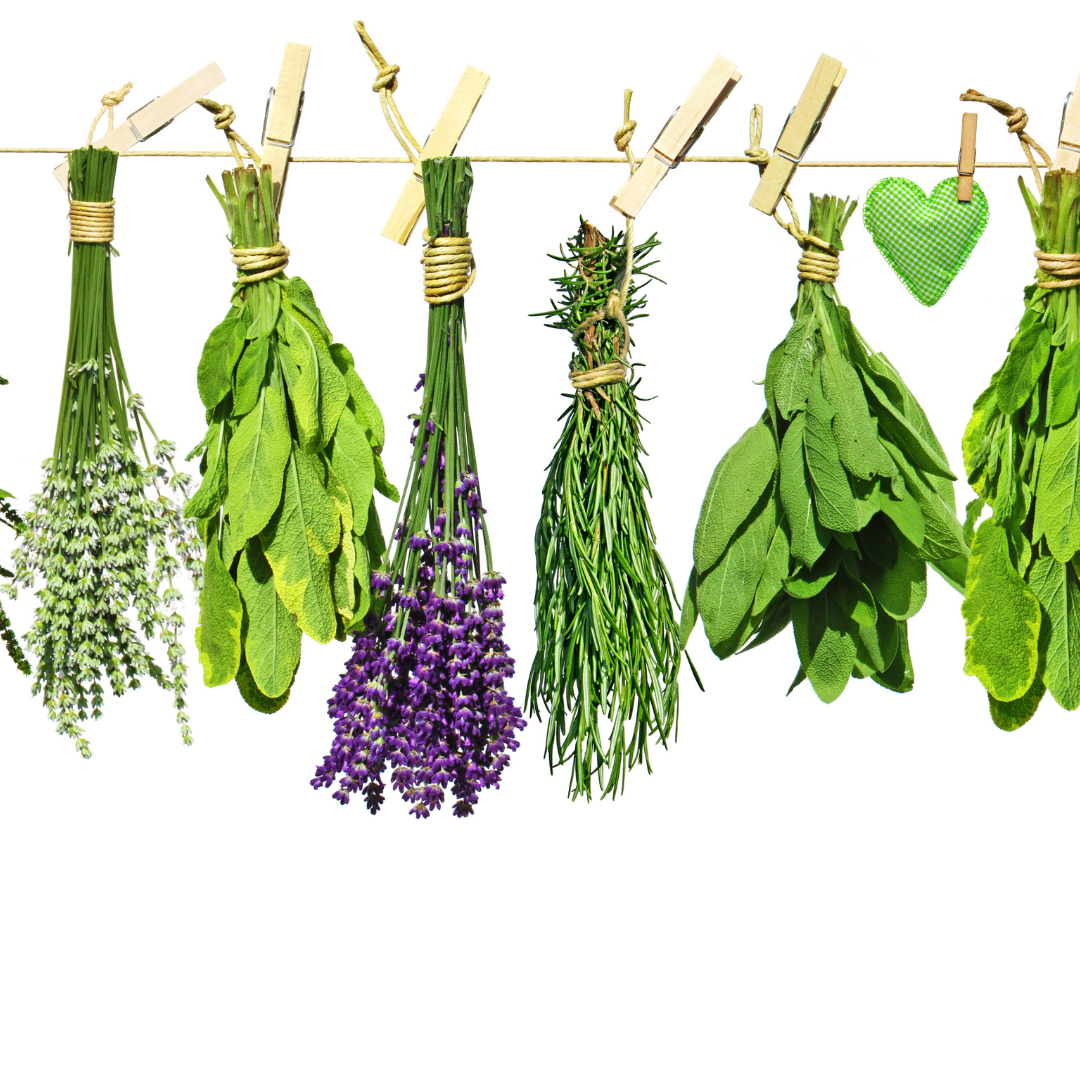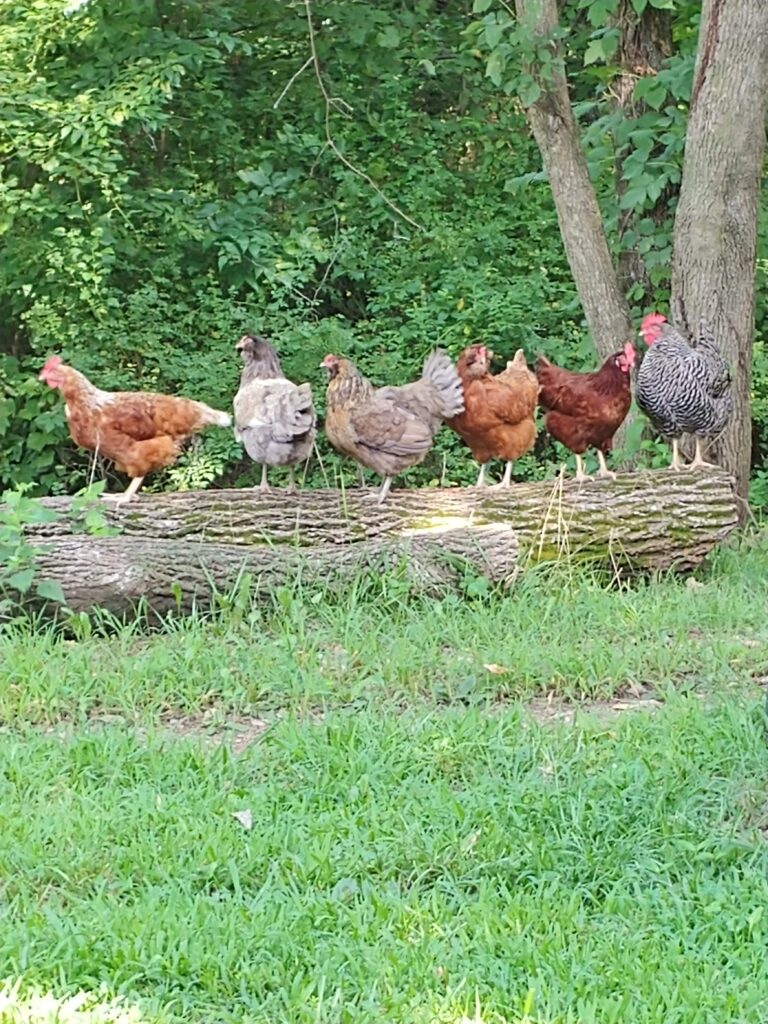Easiest Herbs to Grow for Beginners
This post may contain affiliate links. Read the full disclosure here.
Packed with health benefits, flavor, and garden beauty, why not try your hand at growing herbs? You can watch your herbs thrive in a garden, amidst your walkway landscape, or even in indoor containers. Let’s take a look at 5 of the easiest herbs to grow and how you can use them.

Why grow herbs?
Whether you’re an expert gardener or it’s your first year, adding herbs to your landscape has many benefits.
First of all, herbs are easy to grow. Oftentimes, you can plant an herb, forget about it, and come back weeks later to find a beautiful, thriving plant! Keep reading to find out more about the hardiest, simplest herbs to grow.
Not only are herbs easy to maintain, but you can also grow them nearly anywhere. You can scatter herbs throughout your vegetable garden, plant them along walkways, and even grow them in containers. Whether you have acres of garden space or you live in an apartment, you can grow herbs.
Next up, herbs are excellent for repelling unwanted visitors. Plants like citronella, lemon balm, basil, lavender, and mint are great for keeping mosquitos away. Other fragrant herbs are ideal for keeping deer away, including rosemary, thyme, basil, and oregano.
Additionally, herbs are packed with health benefits. Not only are they beautiful, pest-repellent, and easy to care for, but they can also be used in the kitchen, in medicine, in homemaking, and more to positively impact health and wellness.
Health benefits of herbs
Most people think of cooking when they think of herbs. However, herbs have also been used medicinally for centuries. According to the Washington Post, herbs are packed with “protective polyphenols — plant compounds with potent antioxidant and anti-inflammatory effects. Piles of studies show that polyphenols in herbs help combat such diseases as cancer, heart disease, Alzheimer’s, diabetes and more.”
Preventing and combating major illnesses, however, are just the tip of the iceberg when it comes to the health benefits of herbs. These powerful plants are also used to promote relaxation and healthy sleep, relieve aches and pains, remedy fevers, cleanse the body of toxins, decrease stress, eliminate nausea, and more.
Of course, if you want to target a specific symptom, it’s important to do some research to find the herb(s) that best fits your need. If you have health concerns, please consult your doctor before using herbs medicinally.
Uses for herbs
Adding herbs to your cooking is one of the easiest ways to enjoy their distinct flavors and likely reap some health benefits, too. Herbs are excellent for spicing up soups and stews, seasoning vegetables, rubbing on meats, flavoring salads, and adding to sauces.
Using herbs in cooking is just one of many ways to benefit from them, though. With fresh and dried herbs, you can also create teas, tinctures, soaps, balms, poultices, and more.
5 of the easiest herbs to grow
Now that you know about the wonders of herbs, it’s time to grow some of your own! Fresh herbs are fantastic to have on hand. Whenever you’re ready to make a remedy or spice up your cooking, simply step outside and snip as much as you need. Then, dry the extra for winter to use for whatever needs arise.
1. Mint
Mint is one of the easiest plants to grow. It spreads quickly, so keeping it contained is generally the trickiest part of hosting this plant. Though it’s hearty, mint’s preference is full or partial sun and well-draining soil. Mint is soothing to the stomach and is wonderful for flavoring drinks, salsas, marinades, and more.
2. Chives
Like mint, chives are also very easy to grow. They’re quite hardy and can be grown indoors or outdoors. While you can start chives from seeds, it’s easiest to take a transplant from an established plant. Simply re-plant in a sunny area or indoors in a container.
Chives have an onion-like flavor and are perfect for topping baked potatoes, soups, fish, eggs, and more. They’re also great for freezing to preserve for winter. Plus, they’ll add beautiful color to your herb garden with their lovely purple flowers.
3. Lemon balm
Lemon balm, like mint, grows quickly and can be invasive if not contained. For this reason, it’s usually best to grow lemon balm in a pot or another container.
Lemon balm is a calming herb that’s known for reducing anxiety and stress. Its lemon-y flavor is wonderful for adding to drinks and marinades. In addition, you can also use it to make syrups, bug spray, lip balm, soap, tinctures, and more.
4. Oregano
As a commonly used kitchen herb, oregano is a must-have for many gardeners that also love to cook. You can use oregano either fresh or dried. It’s especially popular in Italian dishes, such as pastas, meats, and soups. In addition, it also adds a pungent, earthy taste to roasted vegetables.
Full of antioxidants, oregano is powerful for fighting off bacteria and infections as well as potentially decreasing inflammation and combating cancer.
Plant in the spring in well-draining soil.
5. Parsley
This easy-to-grow herb does take a couple of weeks to germinate, so start your parsley seeds in a sunny window 2-3 weeks before the last frost. When the soil is warm, transplant your parsley seedlings in full or partial sun. Sprinkle parsley fresh on sauces, pastas, and salads. It adds both a refreshing taste and a beautiful finish to your dish. (Or, whip up some green onion chimichurri – one of our favorite parsley dishes!)

See our Airstream Remodel Reveal here!







